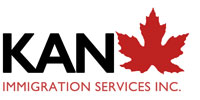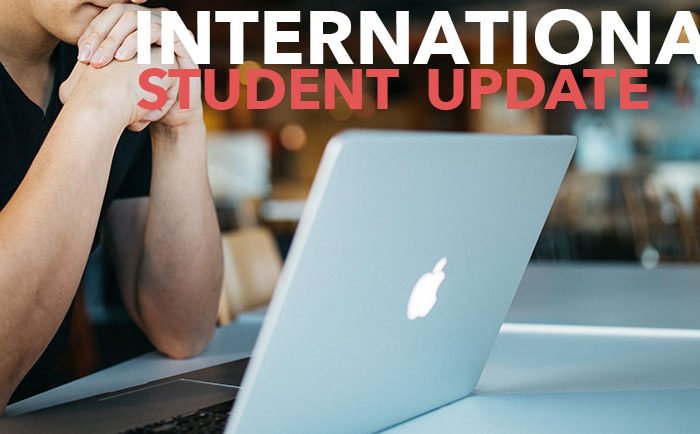
The following is a brief overview of the relevant developments concerning international students and
immigration during the ongoing pandemic. It has been made by sifting through the Canadian
Bureau for International Students, Universities Canada, and Colleges and Institutes Canada.
For convenience’s sake, listed below are situations that international students are most likely to find
themselves in:
You possess a study/work permit that’s about to expire in the coming weeks and
are unable to obtain a new passport or access the necessary documents. Would
you are given an extension?
The prudent course of action you can take at this juncture would be to apply online to renew your
permit, which would trigger implied status. This will allow you to continue working or studying in
Canada until your application is undergoing processing. Moreover, you must also attach an
explanatory letter stating why you don’t currently have access to the required documents. Don’t
worry as your application won’t be denied if it is incomplete; you will be given 90 days to submit the
documents.
If you had your May acceptance deferred to September, would you need a new
Letter of Acceptance?
If you were in Canada at the time of the deferral, you need to start your studies within 150 days from
the date of deferral, or the following semester, whichever happens, to come first. Otherwise, you
would need to change your status ( for example, to a visitor status), or leave Canada.
You don’t currently have received a study permit, can you still start studies online
from abroad?
Yes, you may. However, there is a caveat; for your studies to contribute to your future PGWP
eligibility, you need a study permit/ study permit approval. Moreover, you can only attend the course
up to 50% of the curriculum online, for the rest, you need to be in class to maintain eligibility for
PGWP.
If you are a new graduate on implied status awaiting a decision to be made on
PGWP application with a job offer letter, would you be allowed to come to
Canada?
If your study permit is no longer valid, you need to have a Letter of Introduction to be exempted from
the existing travel restrictions
If I start my studies online from abroad without an approved study permit, would
this time be included towards a future PGWP application?
No. Unfortunately, the time spent studying online from abroad without a valid study permit or
approval will not count towards your eligibility for PGWP.
Being an international student, you accessed the Canada Emergency Response
Benefit (CERB). Will this in some way affect your eligibility for PR or PGWP?
Even if you have accessed CERB, it will not affect your eligibility for PR or PGWP.
Can you work full-time if your semester has been suspended?
A suspended semester is not considered to be a scheduled break, so you are only allowed to work
the same number of authorized hours detailed on your study permit.
Would your parents be allowed to come to Canada if you are on a valid study
permit?
Immediate family members who are not Canadian citizens or permanent residents are exempted
from travel restrictions and can come to Canada provided that they first obtain authorization from
IRCC to board a flight.
In order to do this, submit a request by sending an email to IRCC.COVID-TravelExemptions-
Exemptionsdevoyage-COVID.IRCC@cic.gc.ca
Also, if your parents do not already have a temporary visa or an Electronic Travel Authorization
(eTA), they will first need to apply for one.
Fast-track option for Indian students who want to begin their
studies in Canada in 2020: the Student Direct Stream
Under the newly implemented Student Direct Stream, Canada aims to expedite the process for
study permit applications of Indians within just 20 calendar days.
To be considered eligible for the SDS, Indians must meet the following additional criteria, such as,
but not limited to:
Being able to score at least 6 in each skill of the IELTS Academic test (reading, writing,
listening, and speaking)
Obtain a Guaranteed Investment Certificate (GIC) of CAD 10,000 from a participating financial
an institution that meets the criteria for the SDS.
Be able to prove that you have paid tuition fees for the first year of your studies in Canada.
The SDS is a very cost-effective option for Indians that want to begin their studies in Canada this fall.
To add to the good news, you can still begin your program online in India and remain eligible for the
PGWP by completing up to 50% of the course online







